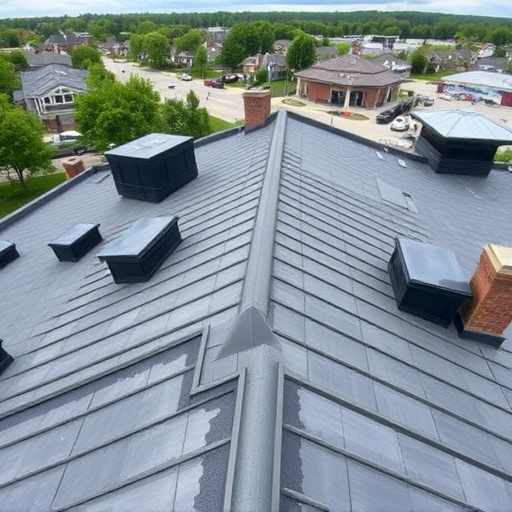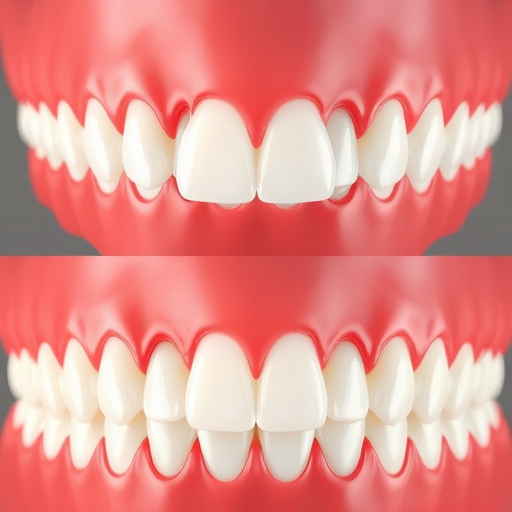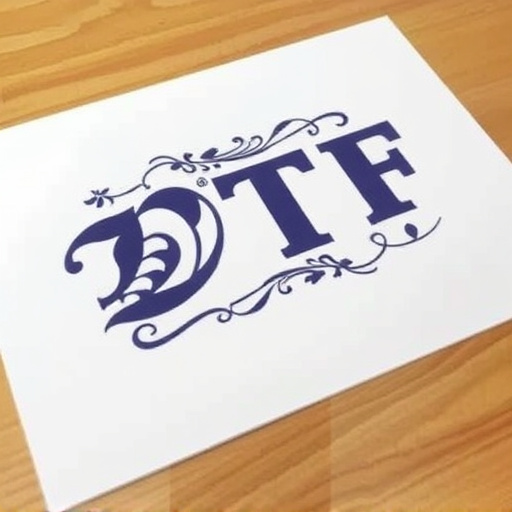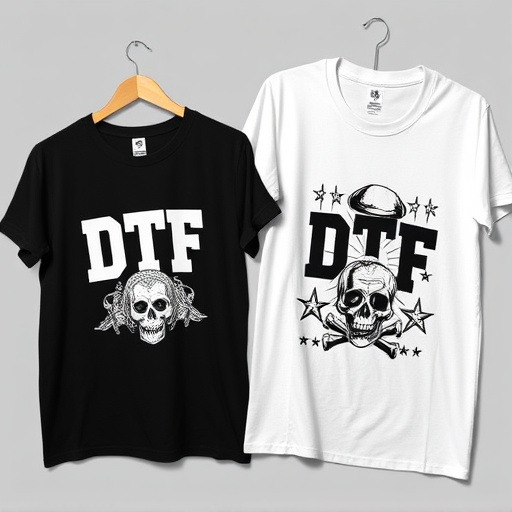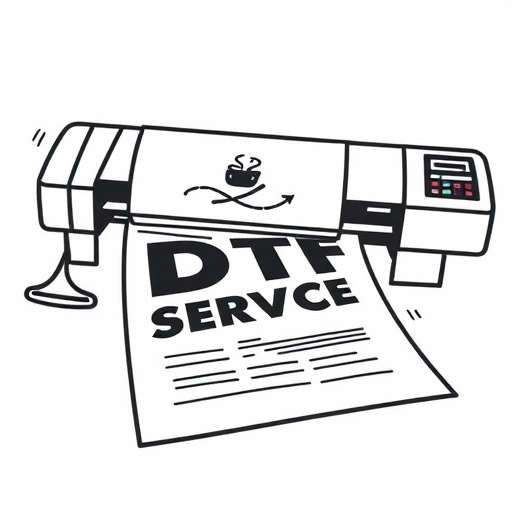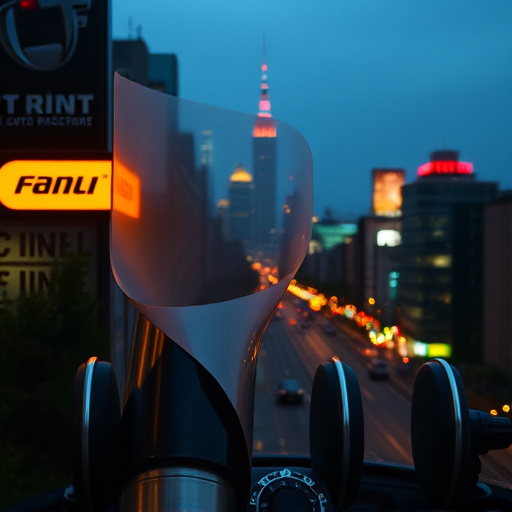DTF (Direct to Fabric) transfer printing is a cutting-edge method using specialized printers and inks to create high-quality, vibrant designs on various fabrics. With precision control and durable ink treatment, DTF printers offer excellent color reproduction and resistance to washing and fading. This technology streamlines production, making it cost-effective for custom apparel, flags, banners, and more, while catering to both professionals and hobbyists with its flatbed and roll-to-roll models.
Setting up a DTF (Direct-to-Film) transfer printer can be a game-changer for businesses and enthusiasts looking to create high-quality prints. This comprehensive guide will walk you through the process, from understanding the fundamentals of DTF printing to mastering the setup. We’ll cover everything from defining benefits and exploring printer types to preparing your workspace, unboxing the device, and executing a step-by-step installation. Get ready to revolutionize your print projects!
- Understanding DTF Transfer Printing
- – Definition and benefits
- – Types of DTF printers and their applications
Understanding DTF Transfer Printing
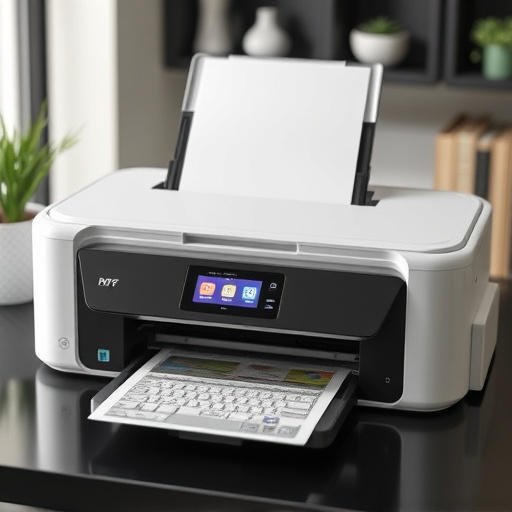
DTF (Direct to Fabric) transfer printing is a cutting-edge technique that allows for the creation of high-quality, durable designs on various fabric materials. Unlike traditional printing methods, DTF involves transferring ink directly onto the fabric’s surface using specialized printers and inks. This innovative process enables users to produce custom dtf transfers with vibrant colors and intricate details, making it a popular choice for textile designers, small businesses, and even hobbyists.
The key to achieving excellent dtf print quality lies in the printer’s precision and ink composition. High-resolution printers ensure accurate color reproduction and sharp lines, resulting in visually appealing designs. Moreover, the durability of DTF transfers is notable; the inks are treated to withstand washing and fading, ensuring that custom dtf transfers maintain their integrity even after repeated use. This makes DTF printing versatile, suitable for everything from creating unique t-shirts and apparel to designing flags, banners, and other promotional materials.
– Definition and benefits
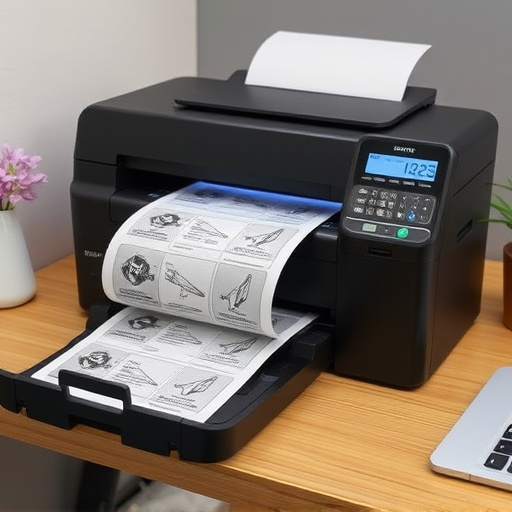
A DTF (Direct to Fabric) Transfer Printer is a cutting-edge technology that allows for precise and vibrant printing directly onto various fabric materials. This innovative process offers numerous advantages for businesses and individuals in the apparel industry, as well as custom apparel creators. By eliminating the need for traditional screen printing methods, DTF transfer printers streamline the production process, making it more efficient and cost-effective.
One of the key benefits is its versatility; these printers can handle a wide range of fabric types, from cotton tees to polyester jackets, enabling customized designs on demand. This technology also ensures superior print quality, delivering crisp details and vibrant colors that rival traditional printing methods. DTF printing services have revolutionized the way custom apparel is produced, allowing businesses and designers to offer unique, on-trend designs quickly and with minimal setup costs. Whether it’s creating custom t-shirts, accessory pieces, or limited-edition collections, DTF design transfers open up a world of creative possibilities for both small startups and established fashion labels.
– Types of DTF printers and their applications
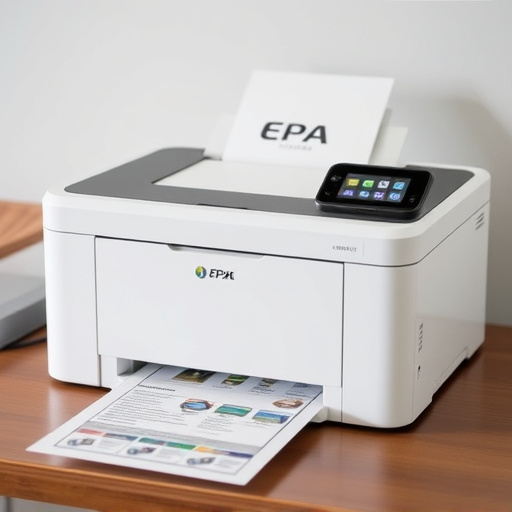
The DTF (Direct to Fabric) transfer printer has evolved as a versatile tool for various printing applications, catering to both professional and hobbyist needs. These printers come in two primary types: flatbed and roll-to-roll models. Flatbed DTF printers are ideal for creating high-quality, vibrant designs on a variety of fabrics, from t-shirts to tote bags. They offer precise control over print placement and size, making them perfect for small-batch production or custom apparel printing. On the other hand, roll-to-roll printers are designed for larger-scale operations, enabling continuous printing on long rolls of fabric, which is beneficial for manufacturing and signage industries.
DTF printing technology ensures exceptional dtf print quality, allowing for detailed and vibrant designs that can withstand various washing and wearing conditions. The durability of the printed images is a significant advantage, making DTF transfer printers a popular choice for creating long-lasting garments and fabric products. This technology’s versatility in terms of fabric types and design complexity has revolutionized the way we approach custom printing, enabling businesses and individuals to bring their creative visions to life with ease.
Setting up a DTF (Direct-to-Film) transfer printer can be a game-changer for businesses looking to enhance their custom printing capabilities. By understanding the benefits and various types of DTF printers, you can make an informed decision based on your specific needs. With the right setup, this technology offers precise color accuracy, fast production speeds, and versatility in applications like clothing customization, signmaking, and more. Efficient navigation through these steps will have you printing beautifully with your DTF transfer printer in no time.
